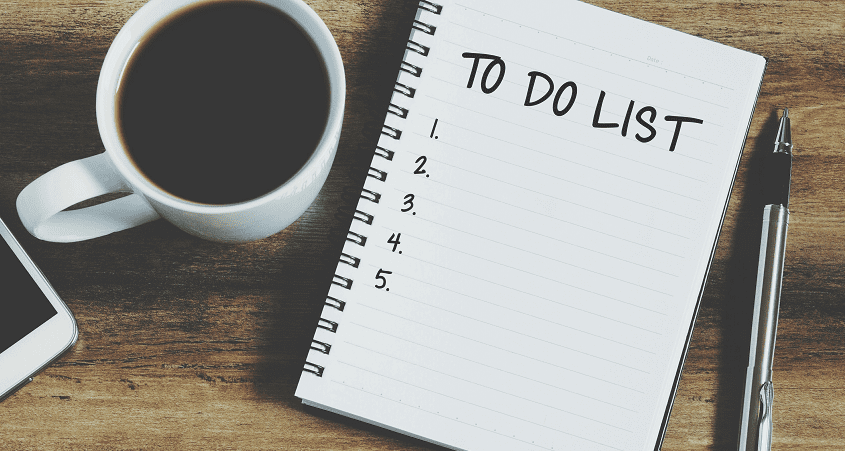How to do a Time Audit? A Step-by-Step Guide
Are you tired of feeling like there are not enough hours in your day? Do you often find yourself wondering where all your time goes? If you answered a resounding yes to either of these questions, then it’s time for a time audit! Keep reading to learn how to do a time audit.
A time audit is a simple but effective way to handle how you spend your time. By tracking your activities for a week or more, you will be able to identify areas where you are wasting time and make changes to your routine accordingly.
You can do this type of audit by tracking your activities throughout the day for a certain time period, like five days, an entire week, or even a whole month. After your time audit, you’ll have a clear snapshot of where you’re directing your time and effort.
How to do a Time Audit?
A time audit is necessary for any organization to ensure that its time management practices are practical and efficient. Here is how to do a time audit.
Write down most important tasks of the week

Most people understand the importance of setting goals. After all, without goals, it can be challenging to measure progress and achieve success. But what many people don’t realize is that it’s just as important to track your goals.
By writing down your essential weekly goals, you can track your progress and how much time you spend on them.
Writing down your most important goals for the week and using time-tracking apps like Timelo will help you adjust your behavior accordingly, stay focused on your goals, and progress towards them.
Use a time tracking tool

There are several ways to track your time on various tasks and projects. You can use time-tracking software or a simple alarm clock to keep track of the time you spend on each task.
However, it is more efficient to use a time-tracking app like Timelo to get an accurate view of where your time goes. You can use the app to track daily activities that take up your workdays, such as commuting, client calls, lunch meetings, breaks, and emails.
Once you have a good idea of where your time goes, you can start to look for ways to optimize your schedule. Maybe you can find ways to cut down on the time you spend on certain tasks, or maybe you can delegate some of your work to others.
Repeat for five consecutive days or more

There can always be events that could affect your results on a single day. Hence, it is essential to repeat the process of tracking for at least five consecutive days to gather a sizable amount of data that gives you an accurate, robust audit.
When the time auditing is done with, you should have a general idea of what a few typical days look like for you. Analyze how you spend time and divide it into categories such as time-wasting activities and high-priority activities.
